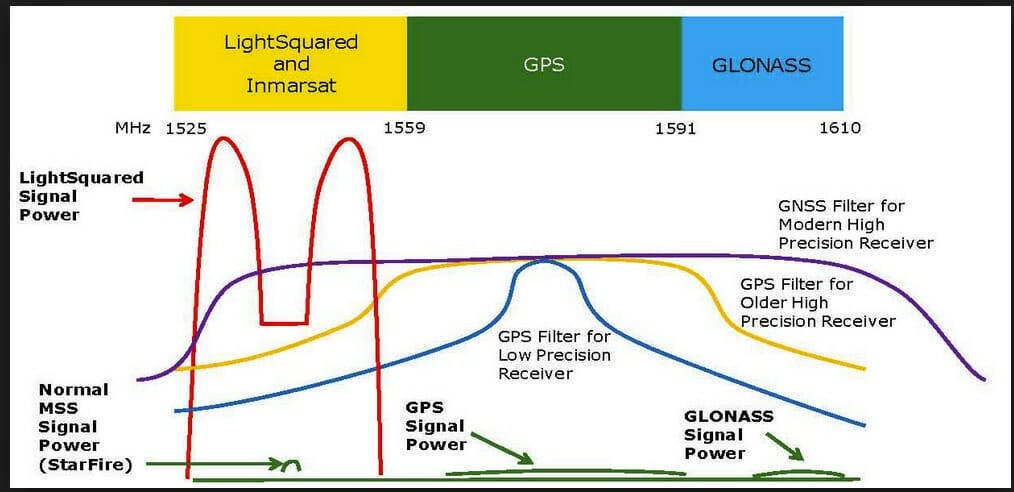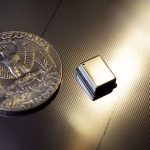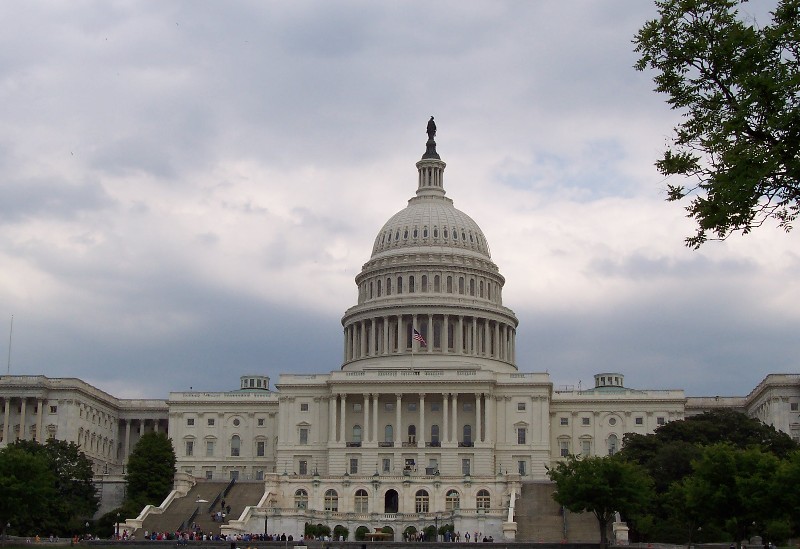Federal Communications Chairman Ajit Pai’s step this week toward approving Ligado Networks’ request to use its satellite frequencies for a terrestrial 5G service comes after nearly a decade of testing that showed both versions of their proposal would interfere with GPS users.
When notice of the plan was first officially posted by the FCC in 2010 it appeared pretty clear they were expecting opposition. The firm, then called LightSquared, submitted its request on November 18, 2010. The next day, which happened to be the Friday before Thanksgiving week, the FCC put out its call for comments and gave interested parties just 10 days, instead of the usual 30 days, to respond. Anybody who was focused on family and feasting would have likely missed the deadline.
LightSquared wanted to use ancillary terrestrial components (ATCs) as the basis for a terrestrial network of some 40,000 ground stations. It is hard to overstate the surprise of those managing satellites in the neighboring frequency bands. A terrestrial service with powerful signals in a band where they would be next to signals already weakened by travel from space was a jaw-dropping proposal to many familliar with GPS.
A sharp-eyed member of the GPS community — that is those who provide GPS and those who use GPS — noticed the filing. Experts quickly assessed the plan and the National Telecommunications and Information Administration (NTIA), which coordinated federal use of frequencies, noted the potential for interference in a filing to the FCC in January 2012. A few weeks later the FCC approved the request, with the proviso that LightSquared not interfere with GPS.
That triggered more rounds of testing and, finally, a letter from the NTIA on Valentine’s Day 2012 that said there “was no practical way to mitigate the potential interference” and that no additional testing was warranted. The FCC withdrew its conditional approval and LightSquared filed for bankruptcy shortly thereafter.
LightSquared emerged from bankruptcy in 2015. Newly renamed as Ligado Networks, the company devised a modified plan to work through the interference. That set the stage for another five-year battle over testing and how to define interference.
In the aftermath of the LightSquared decision the government agreed to do more testing and lay out a roadmap of what would be possible for firms that wanted to operate in the bands near GPS. Money for that was finally scraped together and that testing got underway in 2016, four years after the idea was originally proposed.
That testing, called Adjacent Band Compatibility Assessment, tested a number of frequencies including some that had been proposed for use by Ligado and described the power limits and distances that would be required to protect the wide range of receivers tested. Ligado opposed the Assessment from the start, insisting that the results of their own tests — and their own criteria for determining when there was interference should be used. Ligado wanted a standard that used degradation in receiver accuracy and not the internationally accepted standard for GPS interference. That standard is a one-decibel (1 dB) decrease in C/N0, the carrier-to-noise power density ratio.
As it turns out the results of the ABC Assessment, which showed that signals like those proposed by Ligado could cause interference, sat on a shelf for more than two years before they and an analysis by the National Space-Based PNT Systems Engineering Forum (NPEF) were sent to the FCC in December 2019. It appears the FCC has had less than half a year, and a chaotic year at that, to officially weigh the results of the most recent GPS interference testing.
“The Final Report of the Adjacent Band Compatibility Assessment is submitted as part of footnote 7, along with the National Space-Based PNT Systems Engineering Forum (NPEF) Gap Analysis Final Report, in the December 6, 2019 NTIA letter to the docket (attached). All Assessment data is contained in the report’s Appendices,” said a U.S. Department of Transportation spokesperson. “The Reports and technical data were not submitted separately to the (FCC) Docket.”
“The FAA results for certified avionics are included in the DOT ABC report indicating that 9.8 dBW (10 W) is the level to protect certified avionics (with all of the caveats of the distance from the transmitter this applies to — drawn as a cylinder in Figure ES-4 (of ) the report), but not other categories of receivers,” the spokesperson said.
“However,” they added, “based on the results of the DOT testing and analysis of the other categories of receivers, the transmitter power level that can be tolerated by certified aviation may cause interference with, or degradation to, most other categories of GPS/GNSS receivers including those used for General Aviation and drones.”






